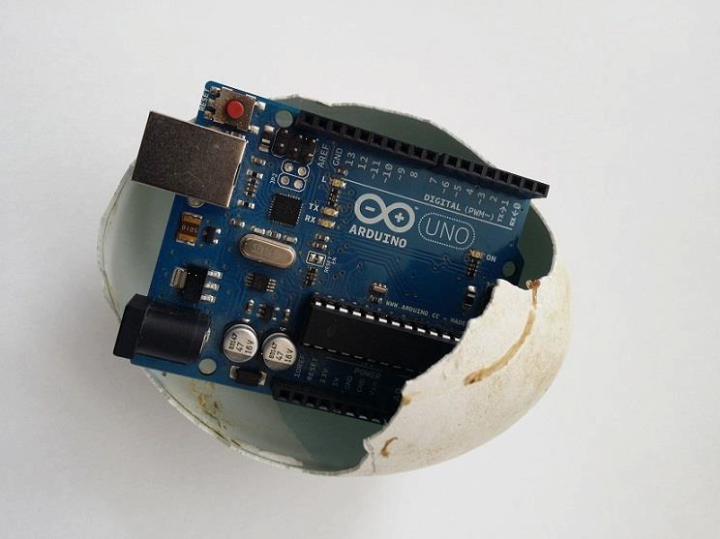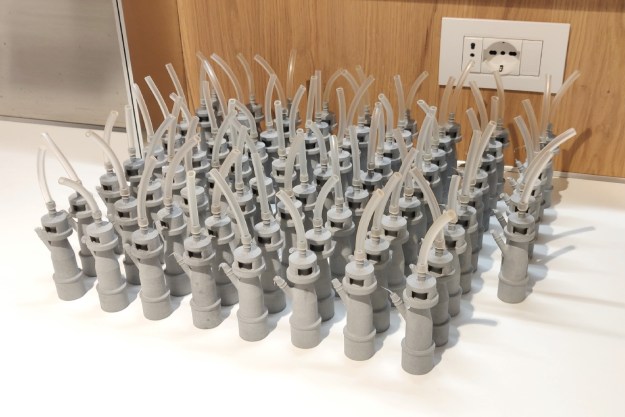
So far, the EggDuino has been used at the International Centre for Birds of Prey in Gloucestershire, UK. The facility hosts a captive breeding program that holds much promise for the dwindling population of vultures around the world. But captive breeding presents challenges, because of the delicate balance of details required to replicate birds’ natural incubation processes.
To help overcome this obstacle, Microduino provided sensors to help detect temperature, humidity, and movement from within the EggDunio disguise. Tracking these measurable elements of incubation could help the Centre rear more healthy, happy birds of prey to boost their population numbers once again. The barometer, gyrometer,and acceleremoter all rely on a core microprocessor within the egg and a bluetooth transmitter that gets information from the vulture’s nests to a data terminal that conservationists can access.
Disguising the sensor technology in a perfect replica of a vulture egg may seem cruel come hatching time, but in this case it’s the only way for scientists to collect such intimate data without disturbing the vultures’ natural habits. When videos of eagles swatting drones out of the sky and kangaroos punching camera-toting UAVs went viral, it became clear that remotely monitoring animal life with invasive, unfamiliar technology wasn’t going to work. Since vultures are likely to toss unfamiliar sensors out of the nest, the eggs are perfectly shaped with a textured nylon exterior to encourage vultures to feel comfortable and safe.
Data from vulture populations in other parts of the world may have to be collected by local teams, because temperature and humidity data changes can influence vulture incubation behaviors. Since the eggs are 3D-printed, anyone with access to a 3D printing device will be able to buy $200 worth of sensors and compose their own conservationist egg kit. In the future, EggDuino technology could even expand to other bird species, like eagles and kites (the birds, not the toys).
Editors' Recommendations
- 3D printed cheesecake? Inside the culinary quest to make a Star Trek food replicator
- NASA is testing a 3D printer that uses moon dust to print in space
- Qualcomm’s long-awaited second-gen 3D Sonic fingerprint sensor is 50% faster
- Printable wood biopaste could be the sustainable future of 3D printing
- Europe’s biggest 3D printer helps create an entire two-story house



